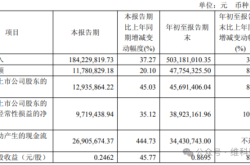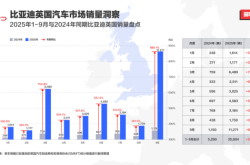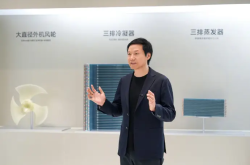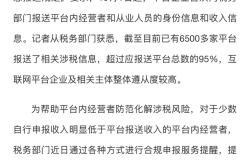Only 7 Auto Companies Developing Autonomous Driving In-House: Is Persistence Still Necessary for NIO, XPeng, and Li Auto?
![]() 04/01 2025
04/01 2025
![]() 617
617

"More than half of auto company executives now rely on sleeping pills every night," Wu Yongqiao, President of Bosch Intelligent Driving Systems China, noted in his speech at the 2025 Electric Vehicle Hundred People Conference.
Earlier, Wu Yongqiao told the media that several auto company CEOs contacted him in the middle of the night after BYD announced its universal autonomous driving. He said their anxiety was palpable: BYD had moved forward, and they were unsure how to follow suit.
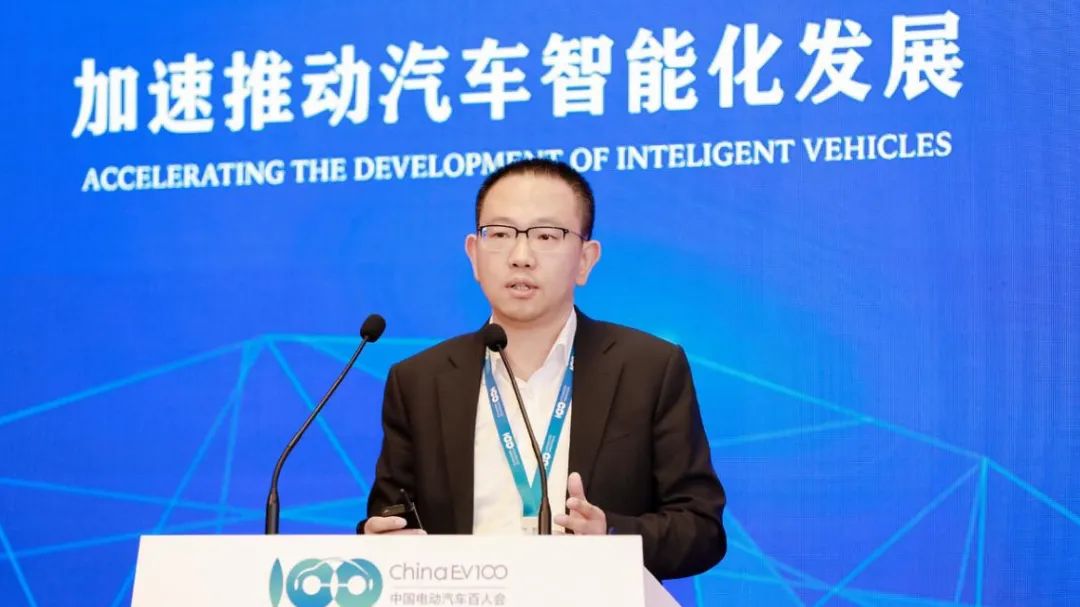
In his speech, Wu Yongqiao made a bold claim that Tesla's Full Self-Driving (FSD) system was "generationally ahead" of domestic autonomous driving solutions in terms of algorithms, leading by at least 1-2 years. "Autonomous driving will become a standard feature eventually, and it's not essential for auto companies to develop it in-house."
Such a statement would have faced heavy criticism three years ago. Times have changed. To quickly integrate advanced autonomous driving features, almost every auto company now relies on one or more key partners.
Few Auto Companies Are Still Developing Autonomous Driving In-House
At this year's Hundred People Conference, the head of Chery Group stated that Chery has always relied on open innovation. In terms of intelligence, its partners have provided significant support. "I came to Beijing specifically to evaluate Horizon Robotics' autonomous driving capabilities."
Recently, Chery followed BYD's lead in announcing universal autonomous driving and officially launched the Falcon Intelligent Driving System. Gao Xinhua, head of Chery's R&D department, said in an interview that Falcon Intelligent Driving integrates autonomous driving solution providers such as Bosch, Huawei, Horizon Robotics, Qualcomm, iFLYTEK, and WeRide.
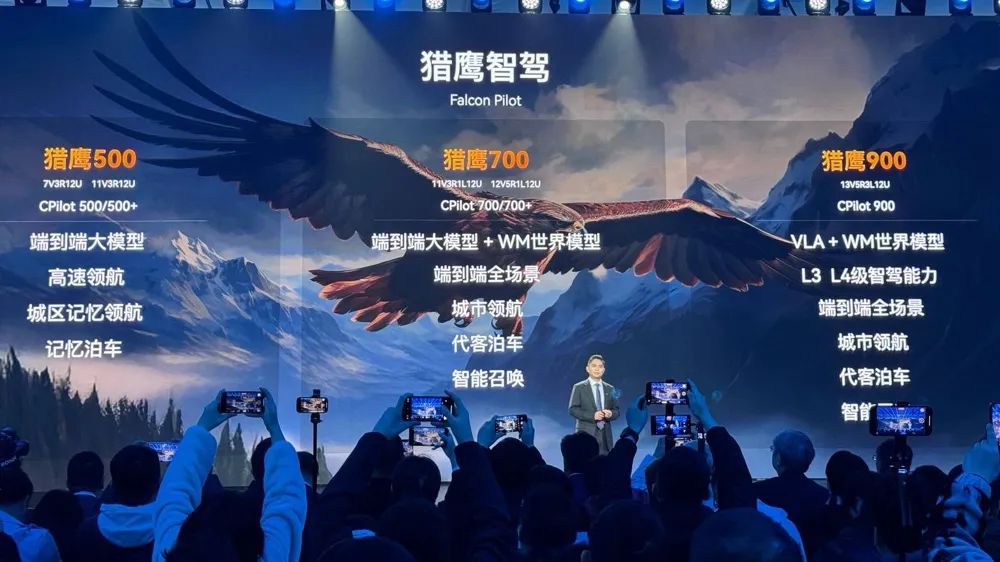
"The current situation is 20% in-house development and 80% reliance on suppliers," said Yu Kai, founder and CEO of Horizon Robotics, in his speech. The model of auto company R&D headquarters + key Tier 1 suppliers has become the main strategy for auto companies to popularize universal autonomous driving. For instance, Geely relies on Qianli Technology, BYD's "Divine Eye" core algorithm comes from Momenta, and WeRide assists Great Wall Motors with advanced autonomous driving.
"A colleague joked that last year, autonomous driving had just paid highway tolls and was still learning how to navigate urban areas. This year, the first tier has already started from parking spot to parking spot, and some are even aiming for L3," said Chen Qi, Chief Intelligent Driving Scientist of Geely Holding Group and Vice President of Zeekr Technology Group. The rapid development of domestic autonomous driving often surprises him, a "veteran" in the field. He noted that if the mainstream autonomous driving experiences on the market today were released half a year ago, any one of them would have been an industry leader.
If we extend the timeline, we'll find that five years ago, hot money was constantly flowing into the smart electric vehicle industry. When the outside world focused more on the growth potential of new forces rather than sales and profits, these new forces built an intelligent moat through substantial investment and full-stack in-house development, successfully creating a premium through a better user experience.
Traditional automakers followed suit, and for a time, full-stack in-house development was seen as a trend. Turning over the overall solution to suppliers like Huawei would have fallen into the controversy of "losing one's soul."
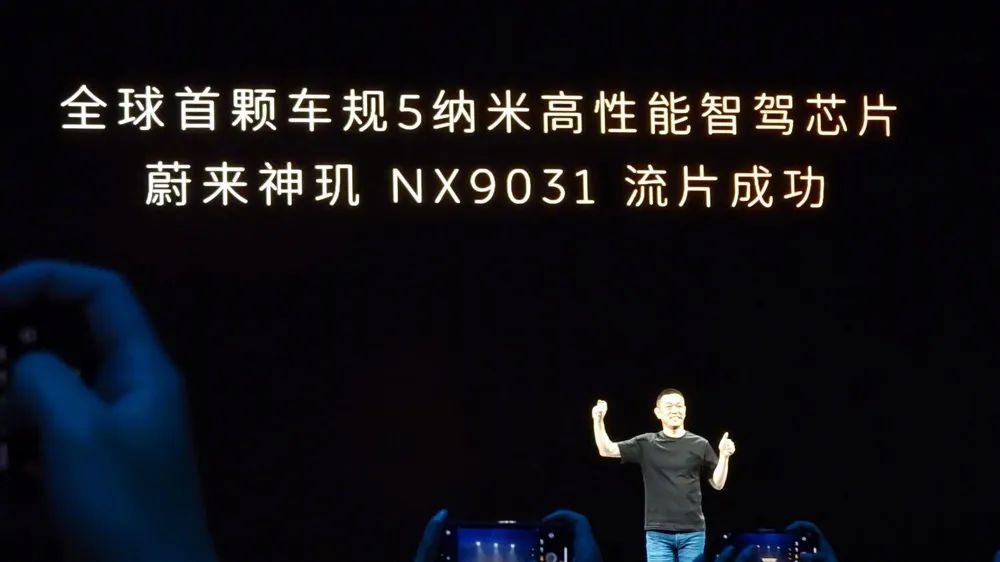
At that time, new forces spent hundreds of millions of dollars annually procuring NVIDIA's autonomous driving chips and trained intelligent driving based on them. The BOM cost of an autonomous driving solution often started at tens of thousands of yuan. During this year's Hundred People Conference, Li Bin mentioned in his speech that NIO's in-house developed autonomous driving chip "Shenji NX9031" has been equipped on the high-end new car ET9, replacing four NVIDIA Orin-X chips, saving about 10,000 yuan per vehicle in costs.
With the emergence of universal autonomous driving and advanced autonomous driving no longer exclusive to mid-to-high-end models, the intelligent moat of new forces is disappearing. BYD, which was the first to launch universal autonomous driving, saw a surge in sales in March, successfully influencing users' perceptions. To win the battle for "autonomous driving equality," auto companies must bring advanced autonomous driving to more affordable models as quickly as possible. Seeking external assistance has become the unanimous choice of auto companies.
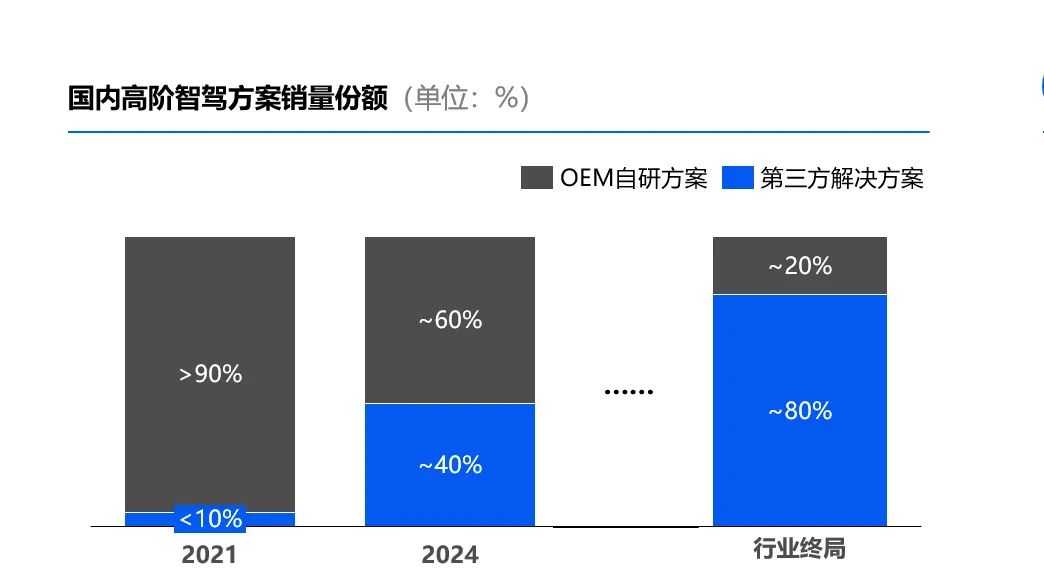
Statistics show that in 2021, less than 10% of auto companies chose third-party autonomous driving solutions. By 2024, the ratio of in-house development to third-party solutions was 40:60. Yu Kai predicts that the route of in-house developed autonomous driving will gradually converge. "In the future, 20% of auto companies may choose in-house development, while 80% may choose to cooperate with third parties in developing intelligent driving."
The Key is Not "Whether It Is Necessary" but "Whether It Is Possible"
Besides new forces, few auto companies are still developing autonomous driving in-house. Wu Yongqiao stated that in the process of full-stack in-house development, auto companies need at least three years to close the data loop and connect the tool chain. The investment in funds and manpower is also substantial. "An OEM with a 2,000-person AI team may only develop 10 models, but a Tier 1 supplier can develop at least 50 or even hundreds of models," he said. He added that Bosch's investment in autonomous driving last year was about 2 billion yuan.
Especially this year, with the competition in advanced autonomous driving requiring it to be a standard feature on new cars priced between 80,000 and 150,000 yuan, this puts higher demands on auto companies' cost control capabilities. "In-house developed autonomous driving is not cost-effective," Wu Yongqiao judged. From an efficiency perspective, Wu Yongqiao's statement is accurate. As long as it's business, it cannot be separated from the measurement between input and output.
However, there is no one-size-fits-all "best" business model. On the other hand, in-house developed autonomous driving is not a question of "whether it is necessary" but whether the company's own business model can support in-house development. This can be seen from the financial reports recently released by auto companies.
Not long ago, He Xiaopeng said in an interview that XPeng Motors invested about 3.5 billion yuan in intelligent research and development in 2024. Financial report data shows that XPeng's annual R&D expenses were 6.46 billion yuan, an increase of 22.4% year-on-year. Benefiting from the popularity of models such as the MONA M03 and P7+, XPeng's profitability reached an all-time high in 2024, with a significant narrowing of losses.
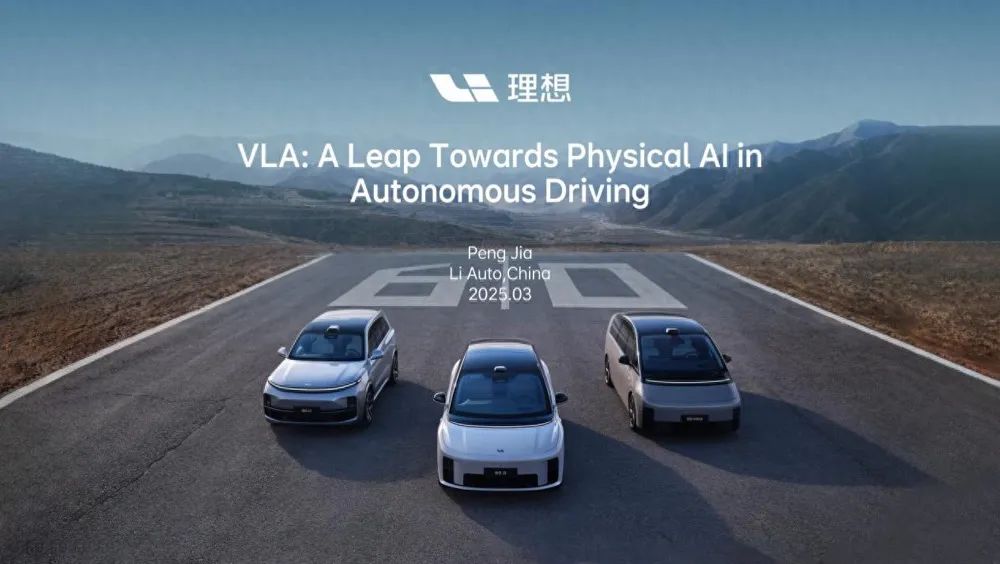
Although "top student" Li Auto did not increase profits despite increased revenue in 2024, it still had over 100 billion yuan in cash flow on its books, which not only supports Li Auto's continued investment in intelligence but is also the key to maintaining its position.
At the financial report meeting, Li Auto executives stated they would increase investment in AI. Li Auto has already started the research and development of the next-generation technology architecture VLA (Vision-Language-Action) model and plans to release it simultaneously with its first pure electric SUV model, Li Auto i8, this year.
In fact, before universal autonomous driving, the recognized top autonomous driving teams were primarily in-house developers, such as Huawei, Li Auto, XPeng, etc., not to mention Tesla's FSD, which entered China this year.
"Whether it's in-house developed autonomous driving or using suppliers', essentially auto companies are system integrators. In-house development involves breaking down and integrating. That said, there is a significant gap in integration capabilities among companies," said Liu Ming (pseudonym), an autonomous driving practitioner, in an exchange with Luca Auto. Breaking down and integrating versus integrating as a whole have completely different requirements for the capability system of auto companies. Obviously, the former has higher requirements.
"It's like in autonomous driving, even when it comes to integration, new forces can achieve software module-level integration. This means that auto companies need to have the ability to control various disassembled components. The advantage of this is that auto companies have stronger bargaining power when facing suppliers. Moreover, due to reduced dependence on solution providers, intelligent driving has advantages in data accumulation and iteration speed," Liu Ming explained.
This is why Li Auto announced last month that its new cars will come standard with lidar, and both AD Pro and AD Max models will be upgraded to chips with higher computing power. This announcement came less than a month after BYD announced universal autonomous driving.
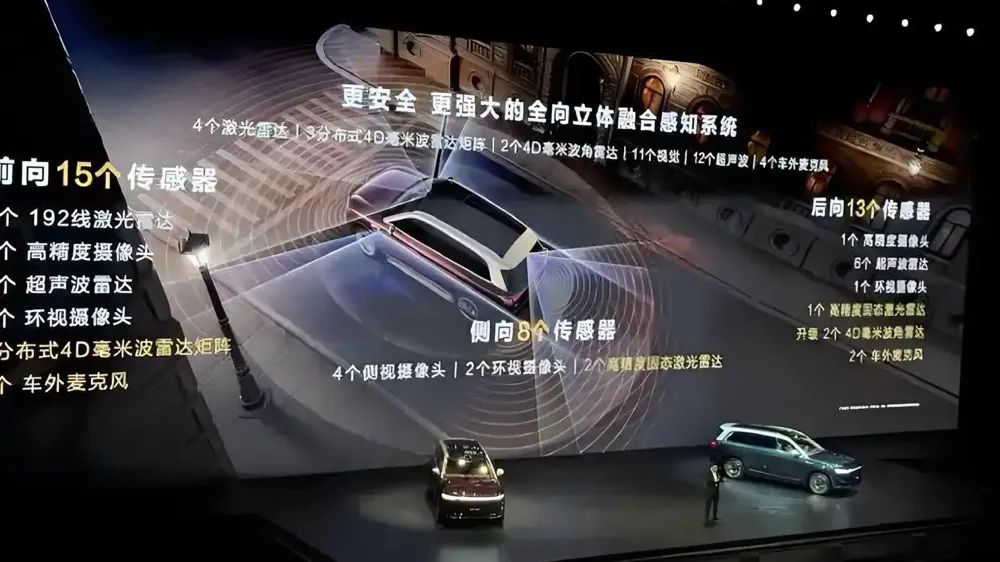
Additionally, Huawei's latest intelligent driving system ADS 4.0 is expected to be launched in the third quarter, along with an upgrade to the hardware solution. Some reports claim that the hardware cost of ADS 4.0 is 30% lower than that of the previous generation.
Speed is crucial in competition. Whoever can get on board and upgrade faster will have a better chance of capturing users' perceptions. Therefore, it is still too early to conclude that the "de-in-housing" of autonomous driving is the future trend. Liu Ming revealed that when some auto companies introduce autonomous driving solution providers, they require white-box delivery of code and documentation, aiming to transform it into their own capabilities through the learning process.

